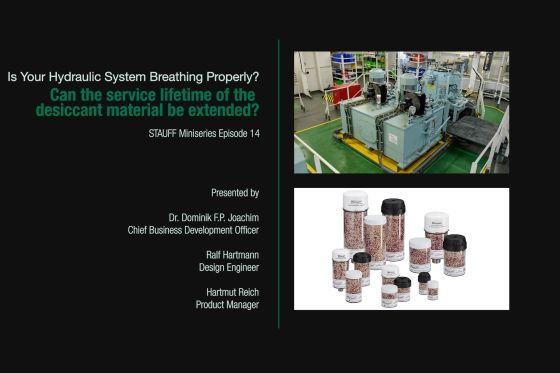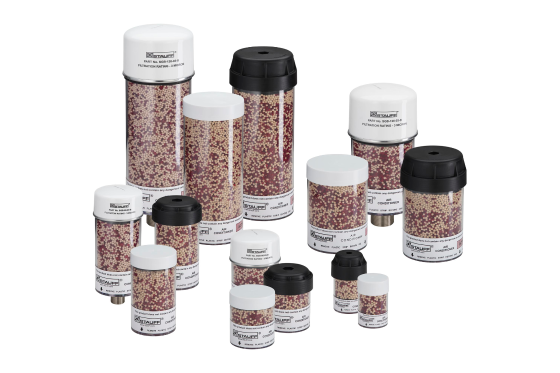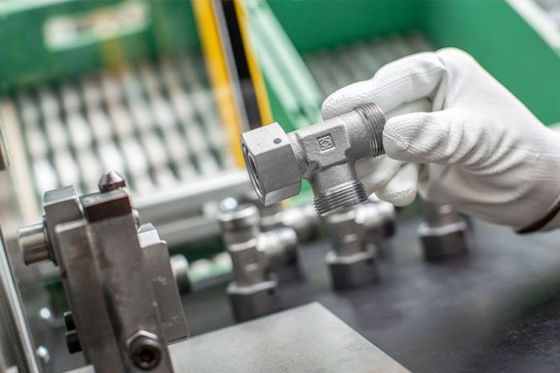Can the service lifetime of the desiccant material be extended?
Episode 14 of the STAUFF Miniseries "Is Your Hydraulic System Breathing Properly?"
It is the life cycle costs and not the purchasing costs that are the crucial financial factor for each component used in a hydraulic system. The question “Can I extend the service life of the desiccant in a breather?” is consequently a very valid one. The answer: Yes, that is possible, with very little effort. The experts from STAUFF tell us what needs to be done.
Did you know: You can turn on subtitles by clicking the CC button at the bottom of the video.
Watch this and all other episodes of this STAUFF Minseries on Youtube instead.
How do I extend the service life of the desiccant?
Let’s start with a fact: Using a silica gel breather extends the service life of the hydraulic oil. As replacing it involves quite substantial costs, users can achieve a great impact with little effort here. And it is obvious that the same applies to the desiccant in the breather as for the hydraulic oil in the system: The service life should be as long as possible. This can be achieved with a few simple measures.
For the SDBL and SDB series, for example, STAUFF offers the option of installing check valves in the openings in the base of the housing. Three of these valves act on the inflowing air and three on the outflowing air. They hermetically seal the interior of the breathers whenever the system is not “breathing”. This prevents the desiccant in the breather from absorbing the ambient air.
A screw-in valve that is used as a bypass is new in the range of accessories for the STAUFF silica gel breathers. It is also equipped with check valves. The function of this accessory: It ensures that outflowing moist air is moved to the outside through the valves instead of flowing through the desiccant. That makes sense because the outflowing air does not have to be dried.
Another option for extending the service life of the desiccant is to mount the breathers on extended pipes. This minimises the risk of introducing dirt and dust with the air. This simple “trick” improves the breathing behaviour of the hydraulic system. It also ensures that moisture or oil mist that are drawn towards the breather during the “breathing out” can already condensate and drain away in the tube.
One note about the hydraulic oil mentioned earlier: There are many other measures of extending its service life. In the end, that is the objective of the entire STAUFF filtration range. Users should use it cleverly in the interest of the reliability of their hydraulic system – with coordinated combinations of feed/return filters, intake filters and pressure filters and of course with silica gel breathers as an element of the filtration solution.
Do you already use silica gel breathers in hydraulic systems?
Then share your experiences and leave a comment below this post.

Newsletter Subscription
Receive automatic e-mail notifications about new posts on the STAUFF Blog








